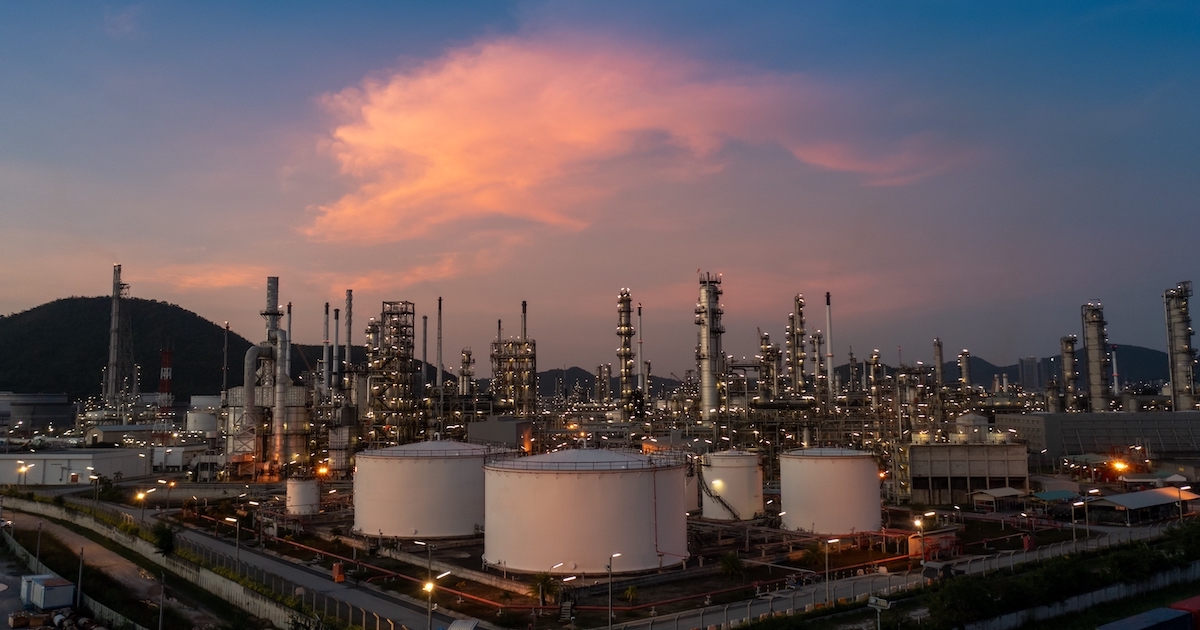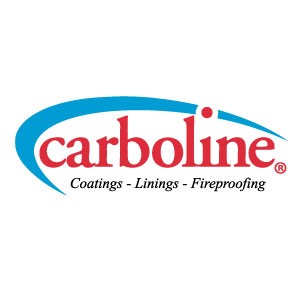
It should come as no surprise to anyone in our industry that a three-coat system of a zinc-rich primer, an epoxy intermediate coat and an aliphatic polyurethane topcoat is the most common system specified for the atmospheric corrosion protection of steel. Although the commonality of this coating system is apparent, understanding how each of these coatings works together in tandem to create outstanding corrosion protection is probably less familiar.
In this article, we will explore the specific functions of each coating, as well as how they work together to create this tried-and-true system that protects against atmospheric corrosion.
Part 1: Zinc-rich primer
After surface preparation, the most critical factor in a corrosion protection plan is the primer. Available in many different forms, primers like alkyds, acrylics, epoxies and more are often used to protect the integrity of steel. However, no other primer—and not even hot-dip galvanizing—provides as much corrosion protection as an inorganic zinc-rich primer. One advantage that zinc-rich primers have over galvanizing, or thermally sprayed metal (TSM), is that the coating’s resin system offers additional protection to the zinc. This greater level of corrosion protection is essential in those environments where acid may be present, as zinc is highly reactive to acid.
Zinc-rich primers provide cathodic protection for steel—meaning that the zinc in the primer will sacrifice itself and corrode before the steel due to the reactivity of the metals involved. More reactive metals, such as zinc and magnesium, are sacrificial to less reactive metals like steel. As a result, they are often utilized as part of cathodic protection systems. In the case of zinc-rich primers, the zinc becomes sacrificial and protects the steel upon the creation of a corrosion cell—or a condition where the flow of electric current occurs between two metal surfaces. As a result, zinc-rich primers provide the highest level of corrosion protection in a coating system.
Part 2: Epoxy intermediate coat
There are two types of corrosion protection offered by industrial coatings: cathodic/galvanic protection and barrier protection. Without the presence of a metal or a corrosion inhibitor, most coatings fall into the barrier protection category. This protection mode is precisely what the name infers, as the coating provides a barrier to protect the steel substrate. These coatings usually feature a dense, cross-linked chemical structure that is resistant to penetration.
This type of atmospheric protection is the primary function of the intermediate coat within a three-coat system. Because of their excellent barrier protection capabilities, intermediate coatings often come in the form of epoxies. This epoxy barrier protects the steel and zinc primer from the elements, which in turn further extends their service lives. Since the corrosion cell requires moisture to create corrosion, and the same water is needed for the zinc to sacrifice itself, adding an epoxy barrier coat delays further corrosion and extends the asset’s life cycle.
Part 3: Aliphatic polyurethane topcoat
Now that we have protected the steel with a zinc-rich primer and that primer with an epoxy barrier coat, we must consider ultraviolet (UV) protection for the entire system. Although epoxies offer outstanding barrier protection, they do not fare well when exposed to UV light radiation. This type of exposure will cause even the best epoxies to chalk, fade and shift color.
Instead, a polyurethane topcoat is typically used as the final coat of a three-coat system for atmospheric protection, as they provide exceptional color and gloss retention when exposed to UV radiation. Available in many distinct types with varying levels of UV protection, polyurethanes are classified by the SSPC Paint 36 standard, which identifies the coatings by the duration of UV resistance provided. These categories help specifiers, engineers, owners and applicators alike to determine key differences in performance between various polyurethane technologies.
By understanding how this three-coat system works, you will gain a greater clarity as to why these coatings should be specified together as a package deal. In a nutshell, zinc protects the steel, epoxy protects the zinc, and polyurethane protects all of these materials from UV radiation. As such, each layer plays a critical role in extending the life cycle of assets left to atmospheric exposure. Until an innovative technology comes along, this coating system will remain the industry standard to protect steel from atmospheric corrosion.

